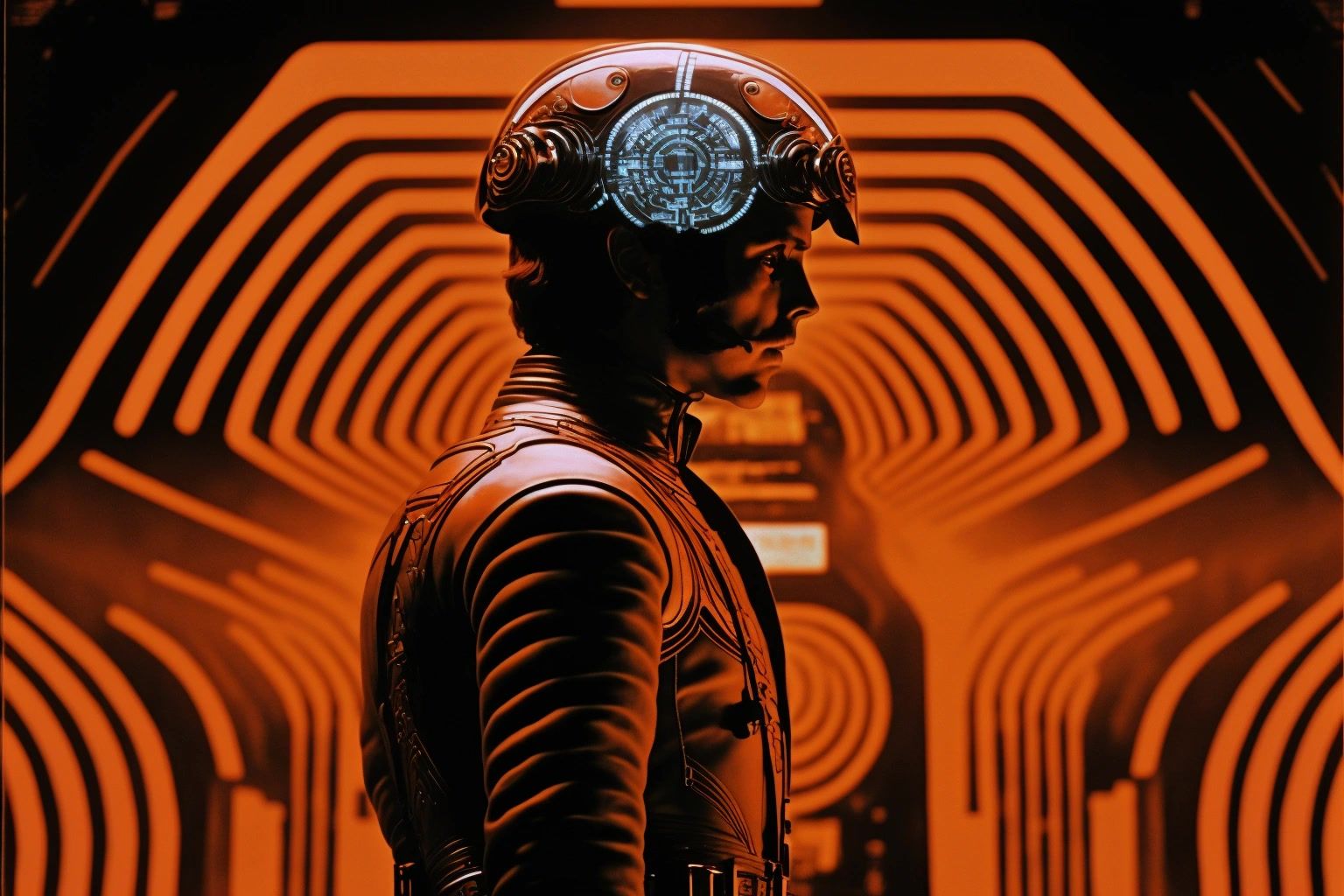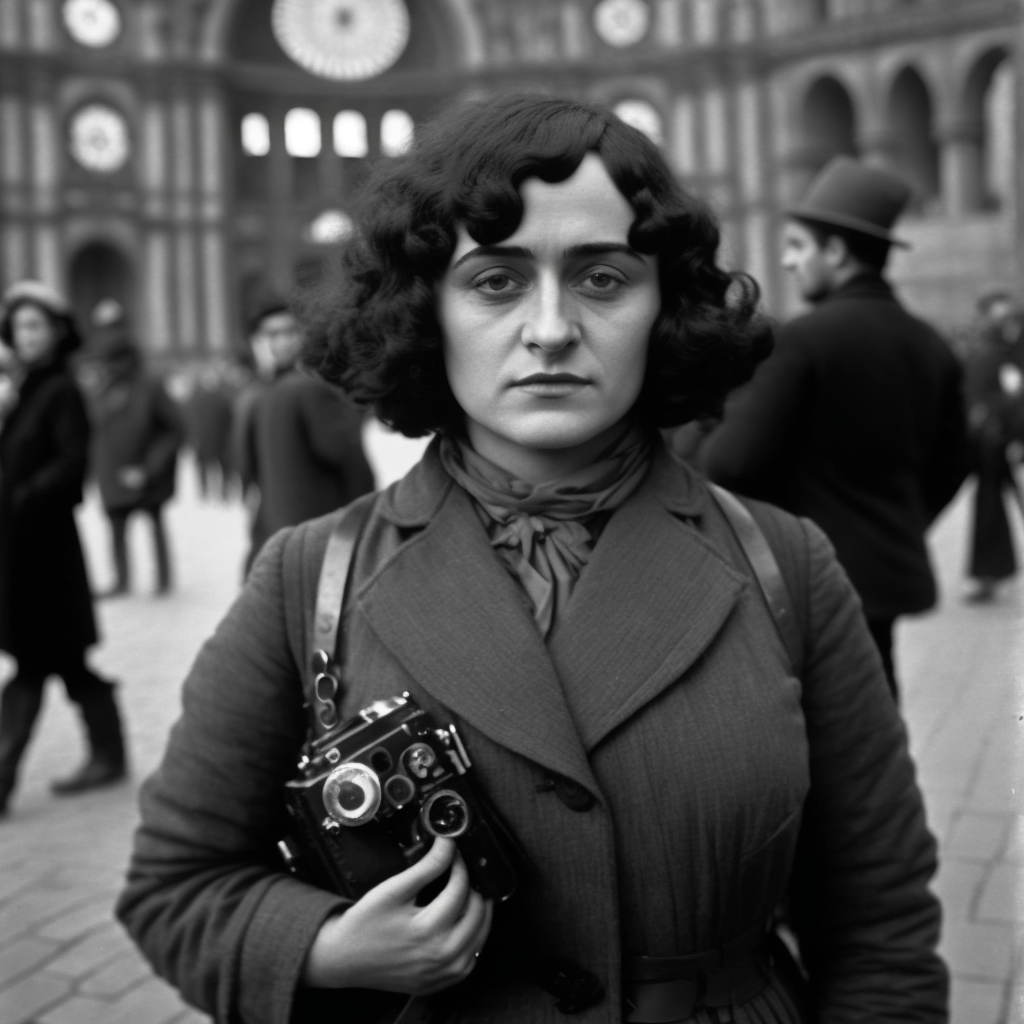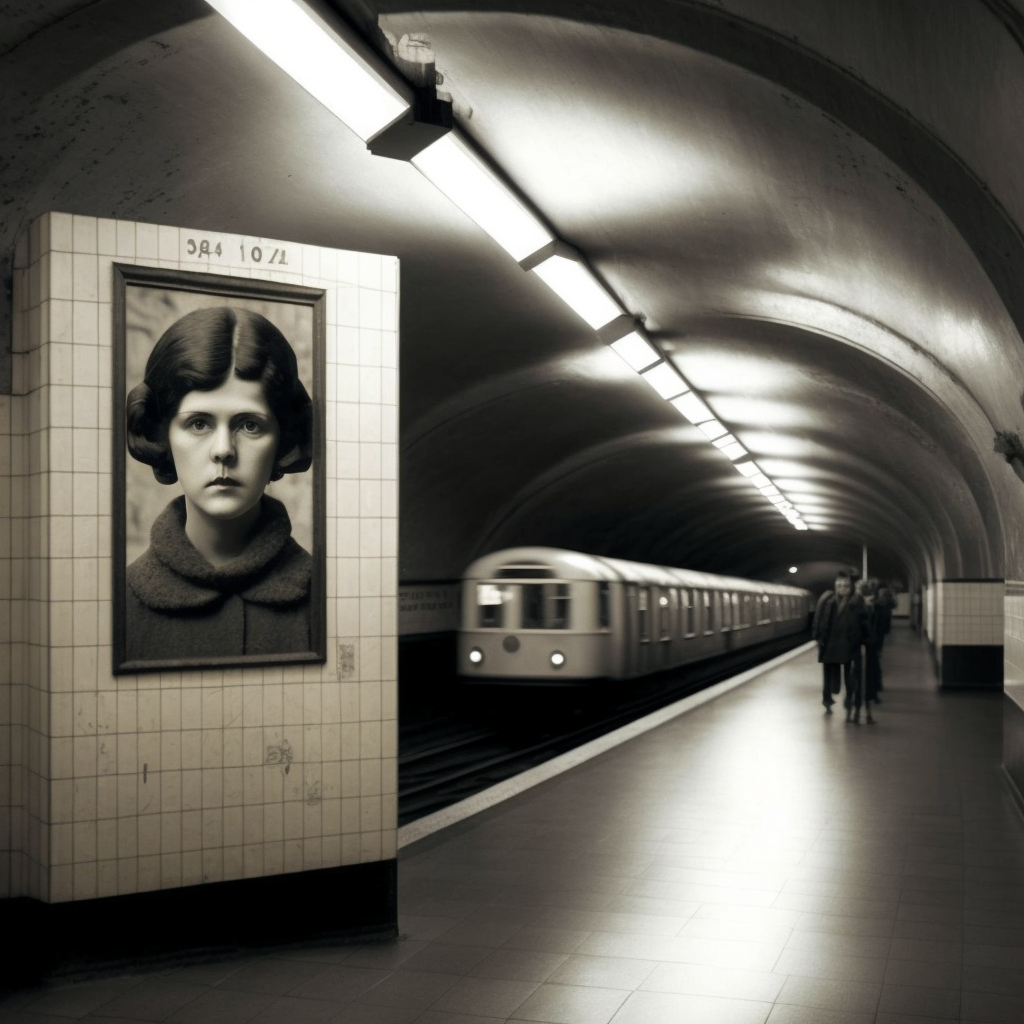All the Faces
January 16, 2023 AI Midjourney Tina Modotti False Memory Alejandro Jodorowsky Berlin Algorithm Generative AI Memory Unreality
What Midjourney gets wrong about Tina Modotti and why the results are still worth looking at.
 An AI generated image of 'Tina Modotti in Berlin'
An AI generated image of 'Tina Modotti in Berlin'
Much has been written about the possibilities of using AI image generators to create remixed pieces of art, but I didn’t quite understand how powerful it had become until I saw this New York Times feature about an imaginary version of the movie Tron filmed by Alejandro Jodorowsky.

It’s right in the headline that “This film does not exist” but the renderings of the movie look real—and nothing short of spectacular. I actually felt a sweet pang of regret (or was it nostalgia?) from seeing something so real and knowing I’ll never be able to watch it.
But then I figured: Why not try it myself? If Midjourney can emulate a certain style and apply it to something completely different, how about applying it to something I know better than film directors and movies I haven’t seen? I asked Midjourney to “imagine”1 variations of “Tina Modotti in Berlin”.
 An AI generated image of 'Tina Modotti as a tourist in contemporary Berlin'
An AI generated image of 'Tina Modotti as a tourist in contemporary Berlin'
 An AI generated image of 'East Berlin subway in 1988 in the style if Tina Modotti'
An AI generated image of 'East Berlin subway in 1988 in the style if Tina Modotti'
The results are… odd? For some reason, the AI has been led to believe that Tina Modotti’s photo are all about huge posters of faces, though her work (at least to my knowledge) doesn’t include such imagery. The pictures also don’t show the photographer of any of her subjects—just approximations of people looking vaguely Italian.
What the photos get right is the overall vibe of an imaginary Berlin: The subway is entirely credible, the square in the first picture looks like a riff on Rosa-Luxemburg-Platz (if a giant Arc de Triomphe had been built in the middle of it). Combine all these things—the believable city, the imaginary people, and the somewhat cultish posters, and the result is striking: It may have nothing to do with Tina Modotti, but it’s certainly memorable. What I’m saying is that there’s something to these pictures.
How real will the forgery feel?
We tend to get things wrong when speculating about a technology’s future possibilities (overestimating the possibilities, underestimating the disruption), but I understand why everyone want to speculate about AI image generators: The overall direction of the tech just seems so clear! Feed this things more training data, and it’ll start getting it right, the results becoming more believable with time: Less uncanny, more credible. That’s how we’ll get more images like the ones from Jodorowsky’s Tron, which must have required a lot of very precise prompting to get right.
Imaginary movies have been having a moment as of late, such as “Goncharov”, an imaginary mobster movie supposedly produced by Martin Scorsese that blew up on Tumblr with all sorts of fan-made art. People loved the idea of Goncharov, and at some point they jokingly wondered if they could create enough materials to convince even director that he had, in fact, produced this film.
In psychology, there’s a concept called “false memory”, which describes
(…) a phenomenon where someone recalls something that did not happen or recalls it differently from the way it actually happened
What happens when AI image generation becomes powerful enough not to replace artists (or true imagination!), but to credibly remix photographs and movies in a way that we can no longer tell if they’re true or not? It would produce credible and parallel works like those of the art forger Eric Hebborn, who reportedly made over 1000 fake paintings in his lifetime—but at scale. What art will we remember, and how real will it feel?
From the article linked above, a quote of Hebborn:
“I’m not a crook, I’m just doing what people have always done during the history of the world,” Hebborn said in the 1991 BBC documentary Portrait of a Master Forger. “[Forgeries] should be enjoyed for what they are, rather than being questioned for what they’re not.”
That term is worth unpacking: Midjourney can only be accessed through Discord, and the command to create an image is “/imagine”, as if the software was truly able to do feats of imagination. In reality, what’s being performed is a remix of existing data—a party trick, if you will.↩︎